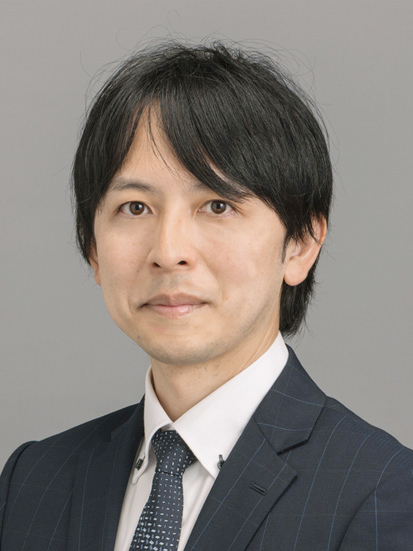-
Affiliation
-
Faculty of Science and Technology, Department of Mechanical Engineering Science for Open and Environmental Systems (Yagami)
-
Position
-
Professor
-
E-mail Address
-

-
Related Websites
-
Contact Address
-
3-14-1 35-107 Hiyoshi, Kohoku-ku, Yokohama
-
Telephone No.
-
+81-45-566-1846
-
Fax No.
-
+81-45-566-1495



